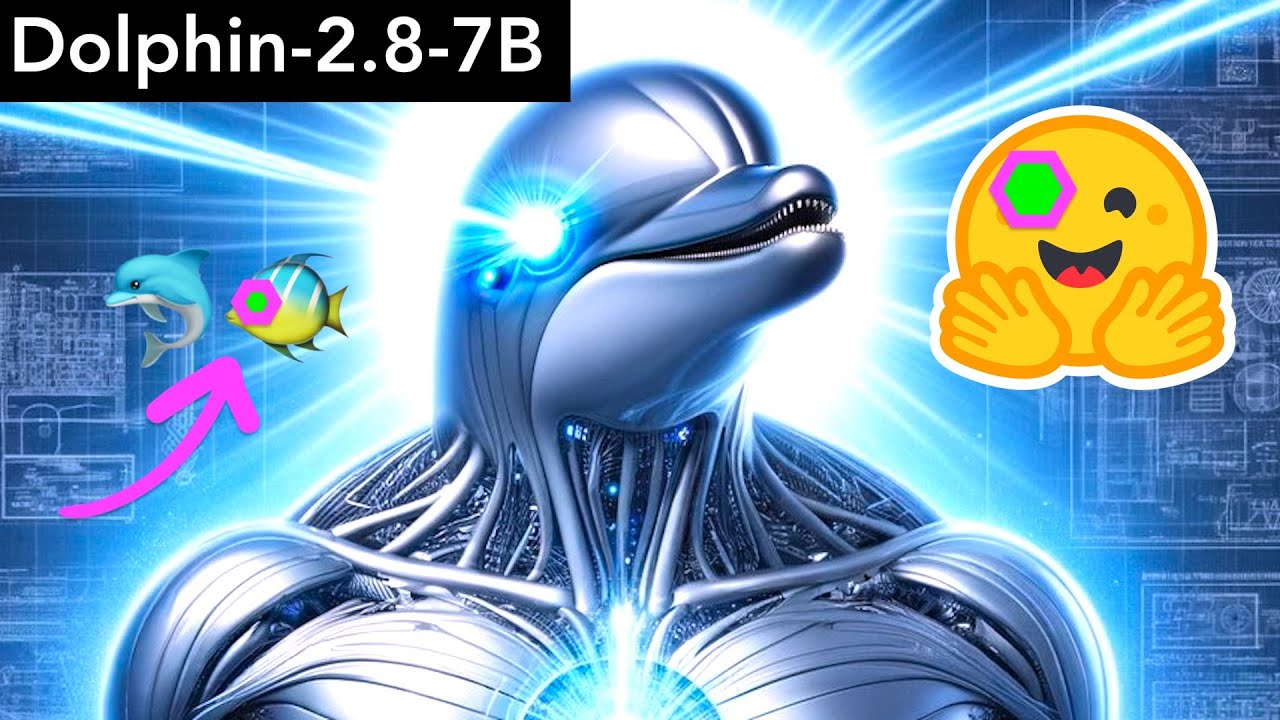The text introduces the Dolphin 2.8 model, a fine-tuned version of the Mistal 7B V0.2 model with a 32,000 token context window, designed to excel in conversational coding tasks. Developed by Eric Hartford and sponsored by Cruso Cloud, the model demonstrates promising results in coding-related conversations, showcasing its versatility, compliance, and uncensored nature for various coding applications.
In the text, the author discusses the release of a new model called Dolphin 2.8, which is a fine-tuned version of the Mistal 7B V0.2 model with a 32,000 token context window. This model was developed by Eric Hartford and sponsored by Cruso Cloud. The model is licensed under Apache 2.0, allowing commercial use. It incorporates various data sets related to coding, including cognitive computations and code feedback data sets from GitHub, enhancing its conversational coding skills.
The Dolphin 2.8 model is based on Mistal 7B V0.2, with the full weights fine-tuned to a 16,000 sequence length. It was trained for around three days using GPUs provided by Cruso Cloud. The model is designed to excel in conversational coding tasks, leveraging its natural language context about coding to improve conversational skills. The data set used has been filtered to remove bias, making the model more compliant and suitable for various applications.
The benchmarks for Dolphin 2.8 show promising results, with a competitive average score across different benchmarks in the LL leaderboard. While the model’s performance may vary depending on the task, it showcases its capabilities in coding-related conversations. The author also demonstrates the model’s usage through different prompts, highlighting its understanding of coding languages and concepts.
The author emphasizes the importance of using the model effectively, encouraging users to explore its potential in various coding tasks. The Dolphin 2.8 model’s ability to handle conversational coding tasks without explicit instruction prompts showcases its versatility and adaptability. The text also touches on the author’s experimentation with the model and plans for further exploration to leverage its uncensored nature for productive purposes.
Overall, the Dolphin 2.8 model represents a significant advancement in fine-tuning the Mistal 7B V0.2 model for conversational coding tasks. Its performance, compliance, and uncensored nature make it a valuable tool for developers and researchers looking to enhance their coding capabilities. The text provides insights into the model’s development, training process, data sets used, benchmarks, and practical demonstrations, inviting readers to explore and utilize the model for various coding applications.
